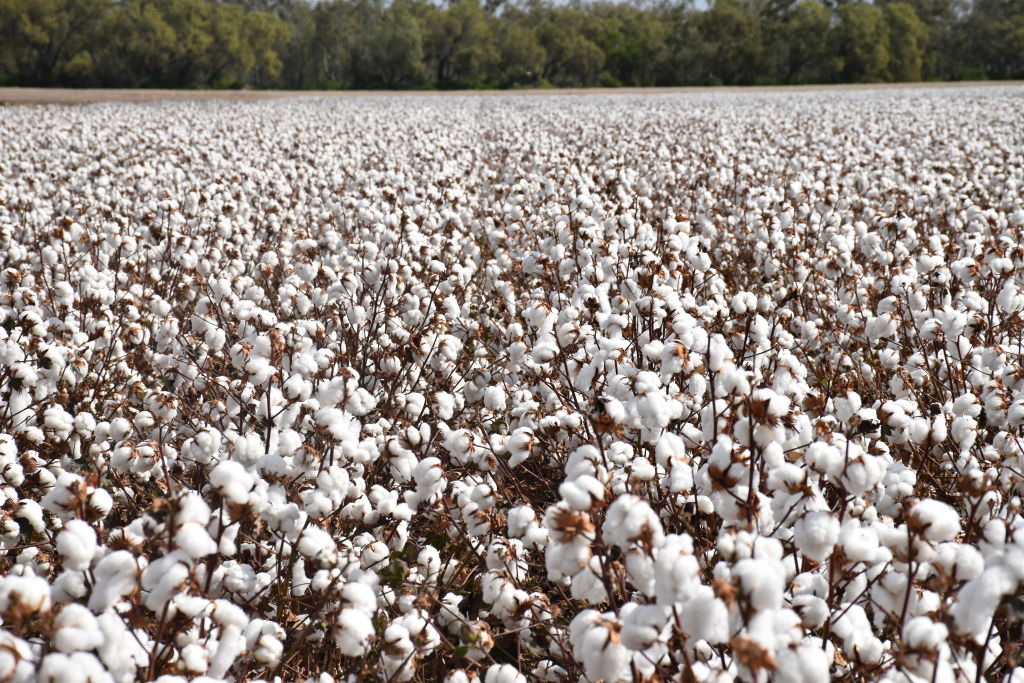Sheep, cotton, wheat, water, row-cropping and large-scale properties with high production close to major regional centres are set to become some of the most lucrative investments in agriculture at the moment, experts believe.
“There’s rarely been a better time to invest in agriculture,” says Nol Petrohelos, associate director of BMT Tax Depreciation. “With all the stimulus that’s been offered to farmers during COVID, and the tax deductibility has been unbelievable. If you invest in water and fodder storage and fencing, that’s all 100 per cent deductible at the moment.
“There’s been special consideration for agriculture since the last drought, and I can’t see any of that being removed any time soon.”
There are plenty of projects out there that are attracting investors too. One of the biggest, according to Craig Pellow, principal of QPL Rural, is a new sheep breed, Australian Whites.
Developed by Graham Gilmore of the Tattykeel sheep stud near Oberon, the sheep have hair like a goat, rather than wool that has to be sheared, have no lice or fleas so don’t need any chemicals, and have a lower melting point for their fat, so their meat cooks quickly without a fatty taste.
“We had a sale last week that fetched $2.5 million, with $115,000 for a ram,” says Pellow. “In September last year, we had another sale that hit $5.6 million with the highest priced ram at $165,000. These sheep are making seriously good money.
“They are the sheep of the future. In the next 10 years, I’d say 30 per cent of the sheep in Australia will be Australian Whites.”
He says commodity prices generally are strong, “and this could be our third good season coming up in a row, which is most abnormal”. The 2021-22 wet summer in much of the country has reset water levels and budgets, providing a strong outlook for permanent – and row – cropping underpinned by more secure water availability west of the Great Divide region, believes JLL’s director of agribusiness, Clayton Smith.
“A key market we are seeing strength in is the cotton sector with the spot price pushing above $800 a bale in recent weeks, combined with the knowledge that the majority of storage dams west of the Great Divide are now at 100 per cent capacity, therefore assuring up to three years of water availability,” he says.
“This factor alone provides confidence that allocations and annual entitlements will be supplied for irrigators. Also, we believe water markets will continue to be a robust sector as we saw foreign and institutional investment continue to allocate large amounts of capital throughout 2021 and we see this trend continuing in 2022.”
As well as that water infrastructure – dams, bores, tanks and irrigation systems – commercial investors should also be drawn to large-scale farms in reliable rainfall regions, where land quality and logistics are key elements, says Petrohelos.
“Australian-grown products such as beef, nuts and wool are in high global demand and experienced investors and farmers looking to develop their farming portfolio are taking a geographical approach,” he says.
“Expanding their portfolio across the country, rather than being localised, helps them spread their risk and be more sustainable against natural disasters.
“Large properties capable of large-scale production with water are very popular, especially if they’re easily accessible to buyers and suppliers, with easy transport, storage and distribution facilities.”
At the same time, he suggests investors should keep a careful eye on the vagaries of world politics that can affect markets. For instance, Australian wheat is likely to find new markets as a result of the sanctions on Russia, but the wine industry may suffer with China’s sanctions against Australia, Petrohelos says.
This story is part of our April Agribusiness Feature. Read more of the stories here.
